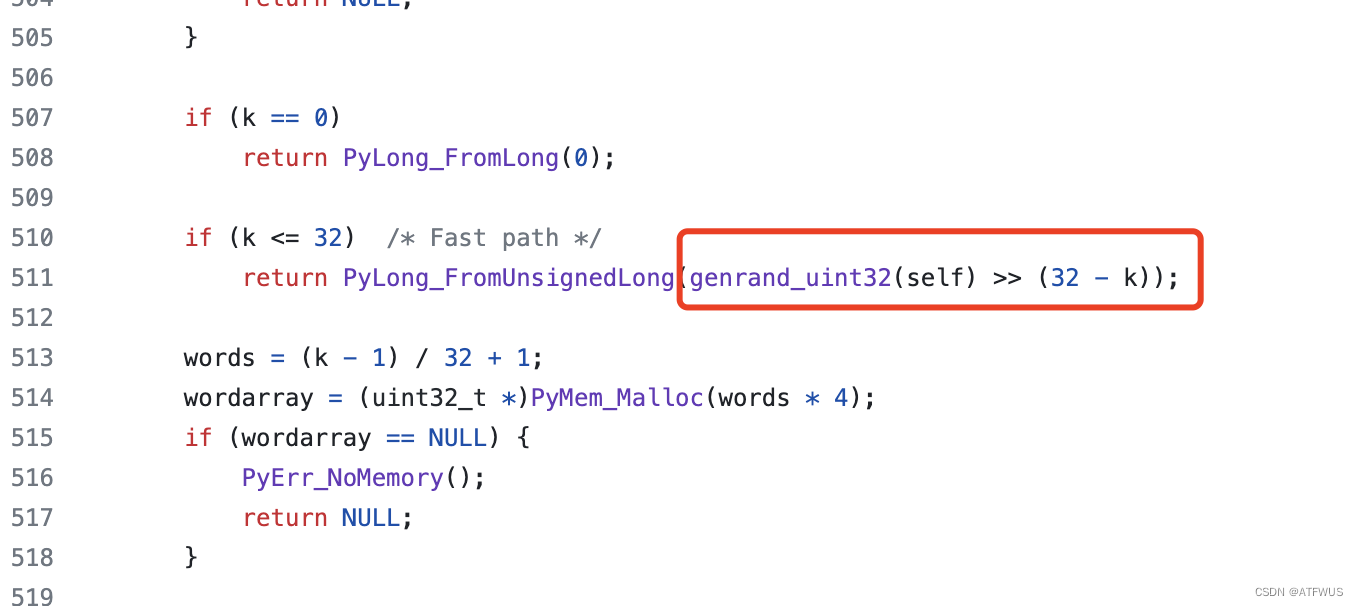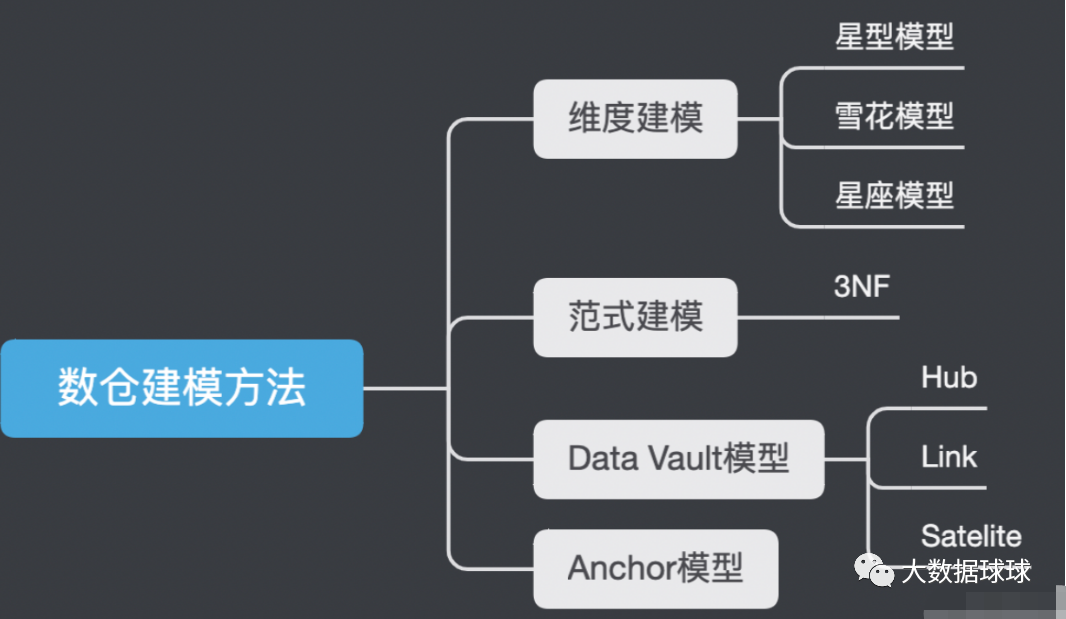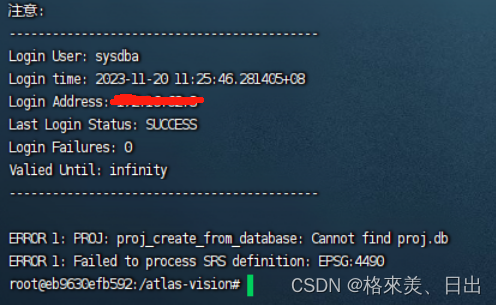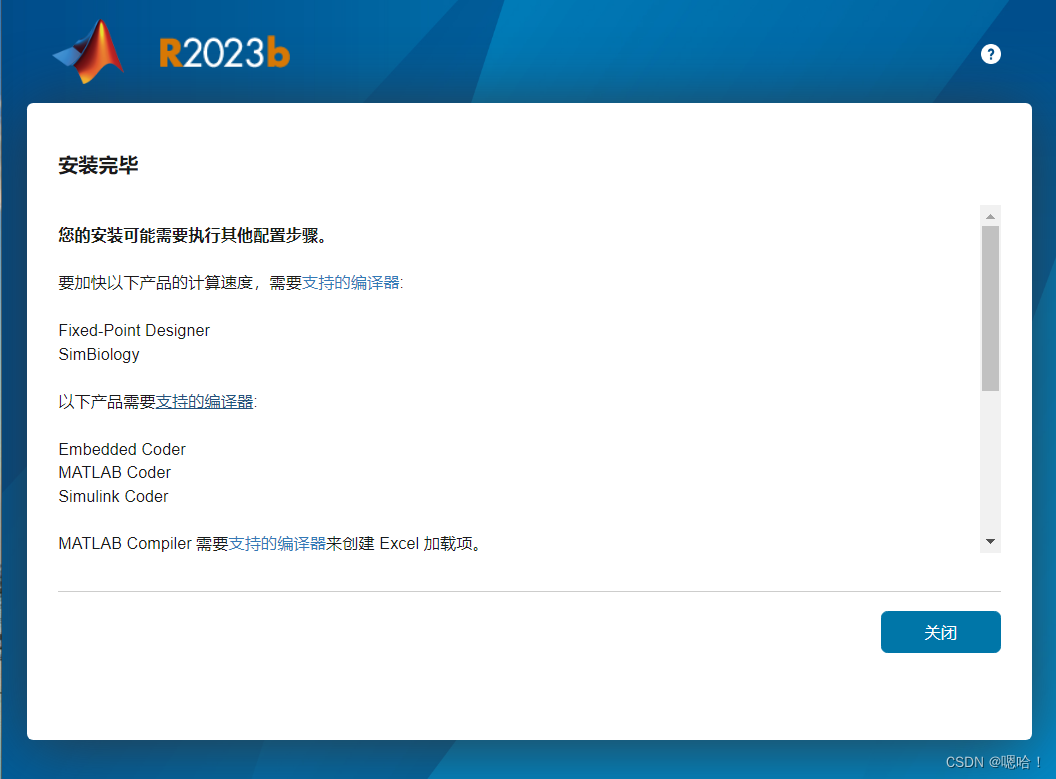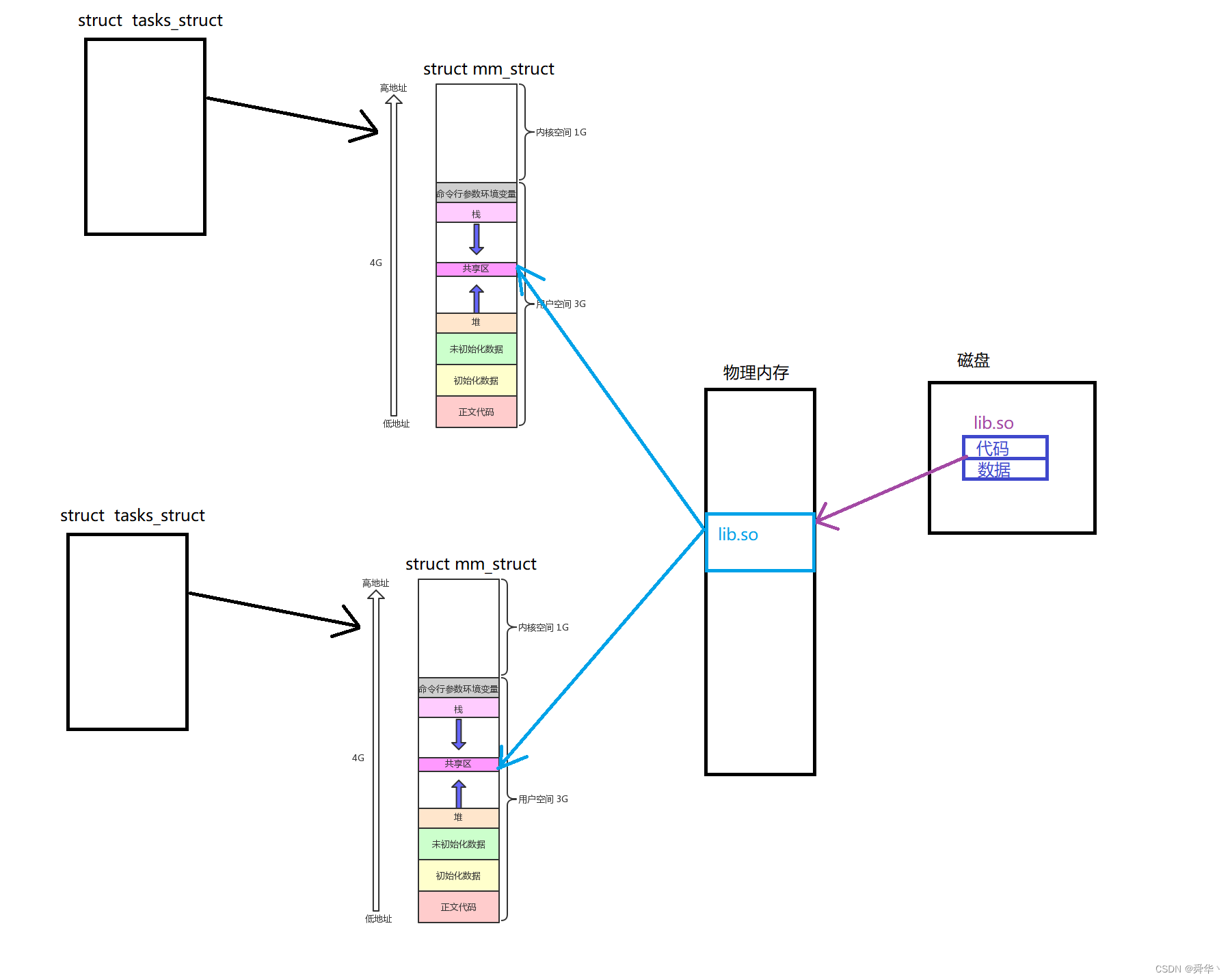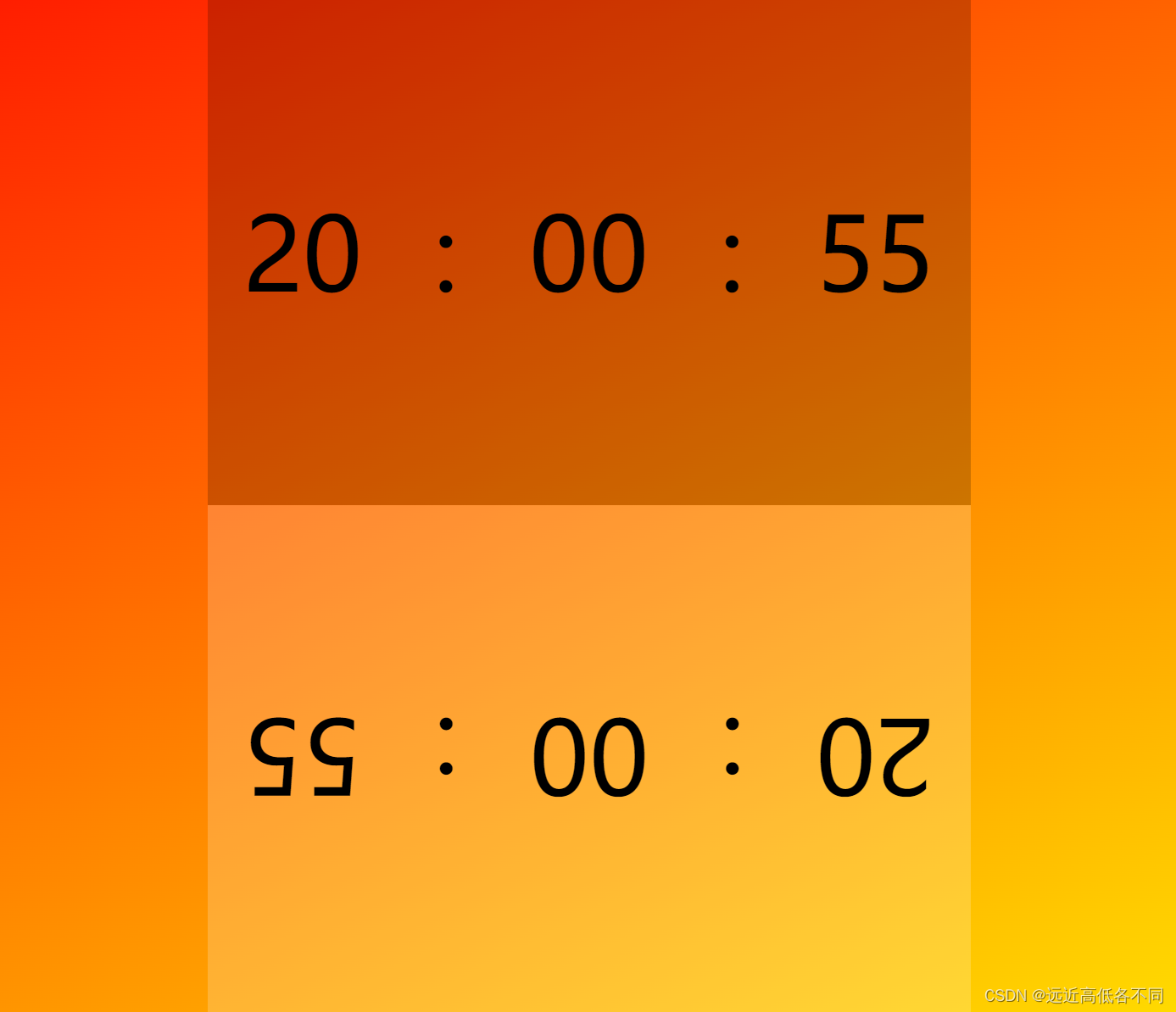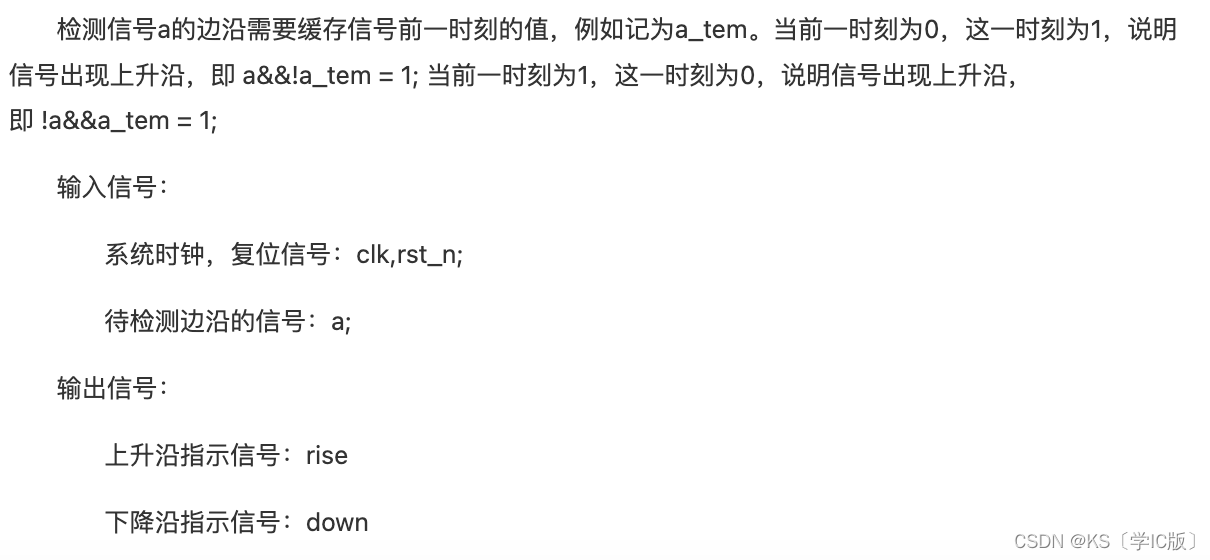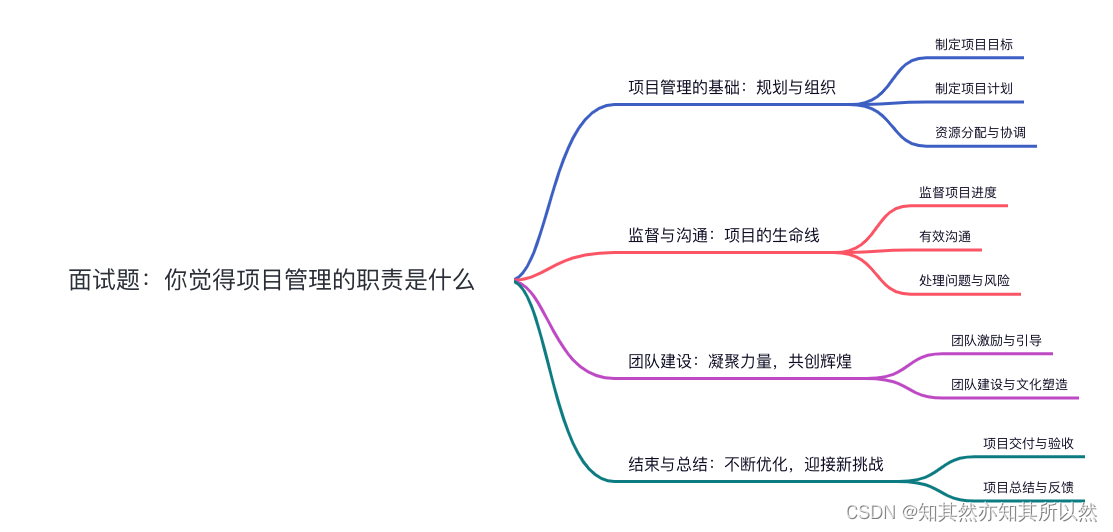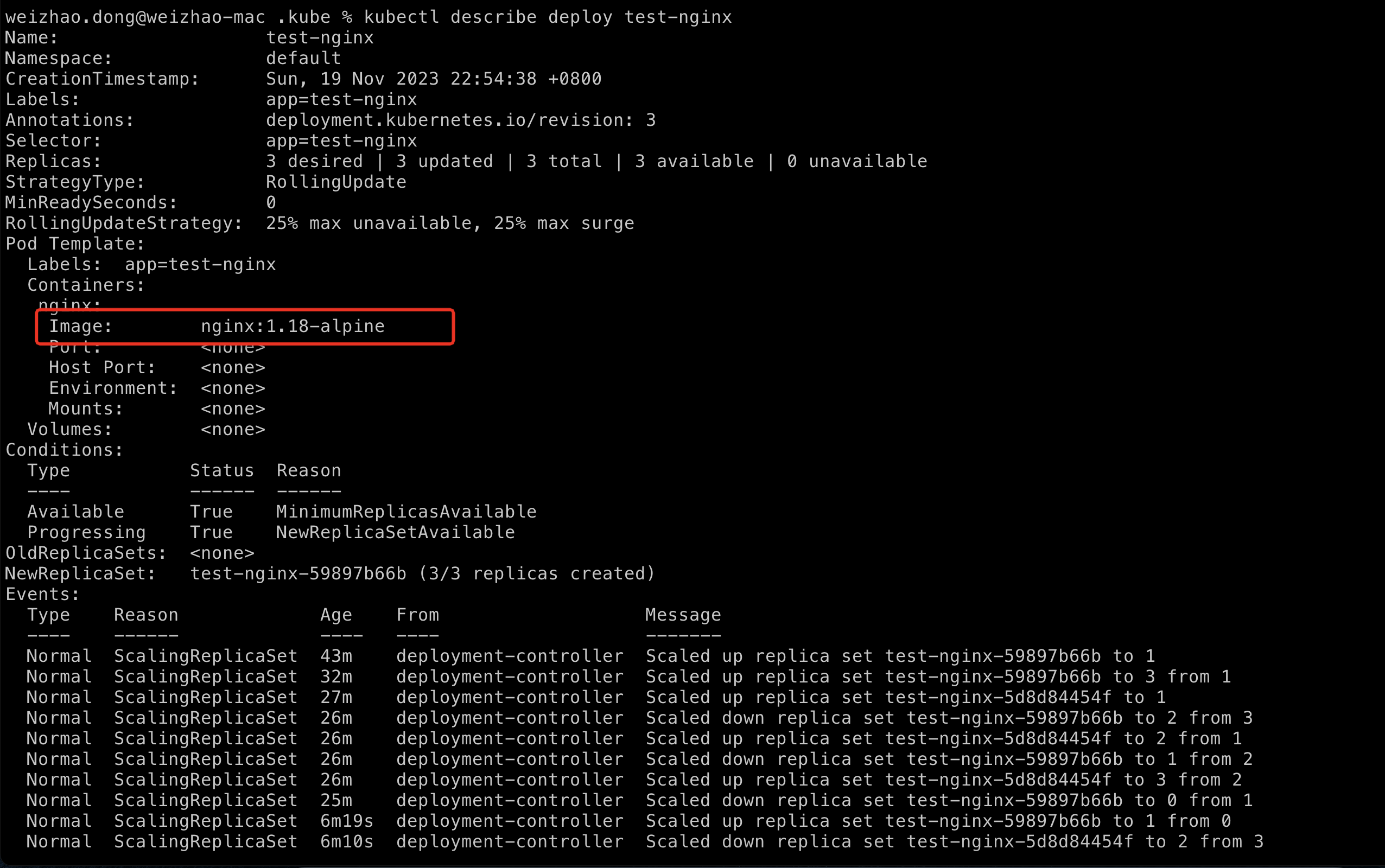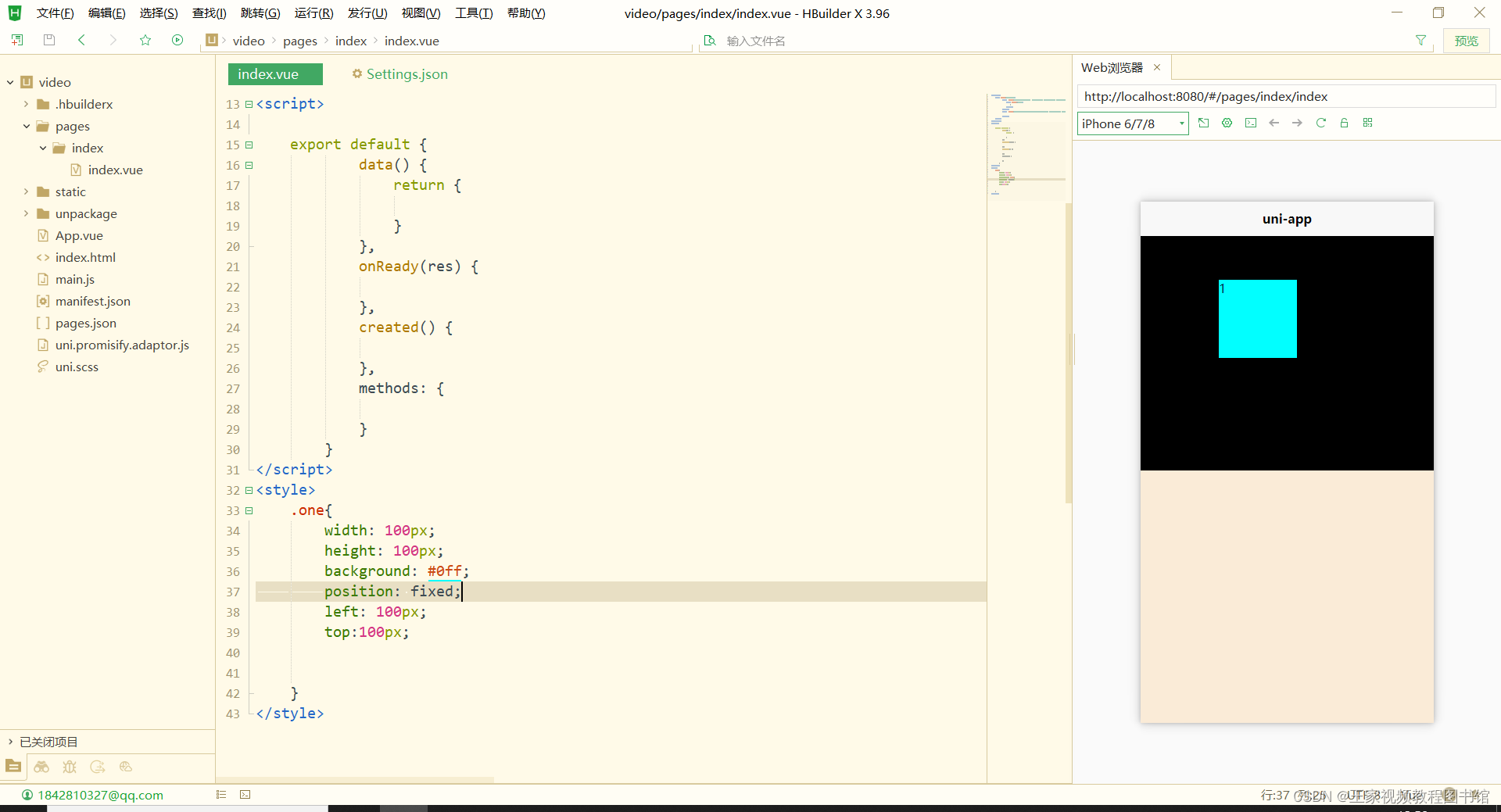PubChem (nih.gov)
XL765: Uses, Interactions, Mechanism of Action | DrugBank Online
基础信息查询

如:Paclitaxel紫杉醇的查询
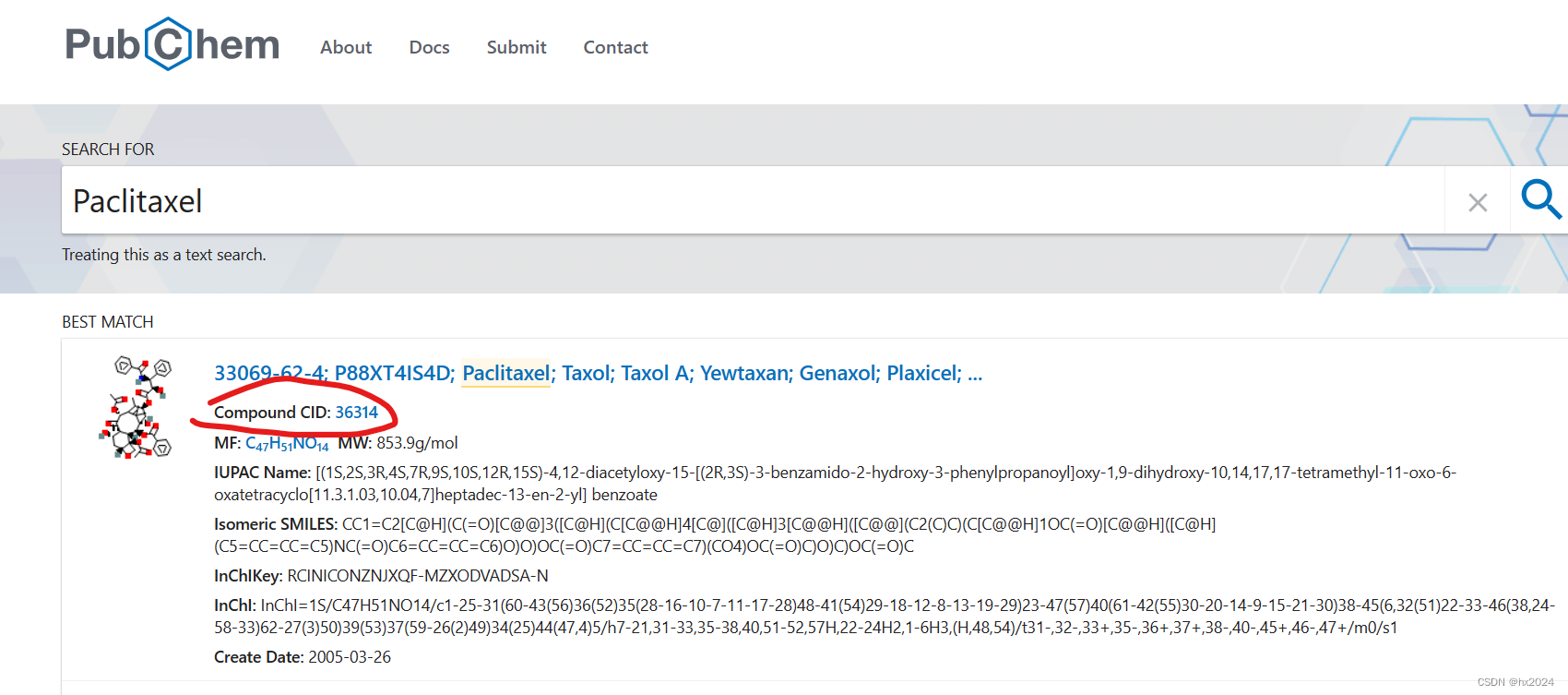
Pharmacodynamics
Paclitaxel is a taxoid antineoplastic agent indicated as first-line and subsequent therapy for the treatment of advanced carcinoma of the ovary, and other various cancers including breast cancer. Paclitaxel is a novel antimicrotubule agent that promotes the assembly of microtubules from tubulin dimers and stabilizes microtubules by preventing depolymerization. This stability results in the inhibition of the normal dynamic reorganization of the microtubule network that is essential for vital interphase and mitotic cellular functions. In addition, paclitaxel induces abnormal arrays or "bundles" of microtubules throughout the cell cycle and multiple asters of microtubules during mitosis.
Mechanism of action
Paclitaxel interferes with the normal function of microtubule growth. Whereas drugs like colchicine cause the depolymerization of microtubules in vivo, paclitaxel arrests their function by having the opposite effect; it hyper-stabilizes their structure. This destroys the cell's ability to use its cytoskeleton in a flexible manner. Specifically, paclitaxel binds to the β subunit of tubulin. Tubulin is the "building block" of mictotubules, and the binding of paclitaxel locks these building blocks in place. The resulting microtubule/paclitaxel complex does not have the ability to disassemble. This adversely affects cell function because the shortening and lengthening of microtubules (termed dynamic instability) is necessary for their function as a transportation highway for the cell. Chromosomes, for example, rely upon this property of microtubules during mitosis. Further research has indicated that paclitaxel induces programmed cell death (apoptosis) in cancer cells by binding to an apoptosis stopping protein called Bcl-2 (B-cell leukemia 2) and thus arresting its function.
查询药物3D结构
Details of the Drug | DrugMAP (idrblab.net)
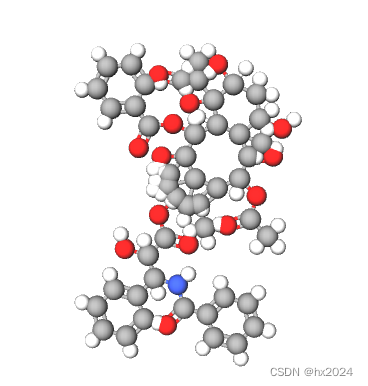
![2023年中国全自动烘干机产业链、产能及发展趋势分析[图]](https://img-blog.csdnimg.cn/img_convert/33ebfbf423b6f30570d8c56283520003.png)
![2023年中国地产SaaS分类、产业链及市场规模分析[图]](https://img-blog.csdnimg.cn/img_convert/348ffe3aaf12c6229b617458217ab32a.png)

